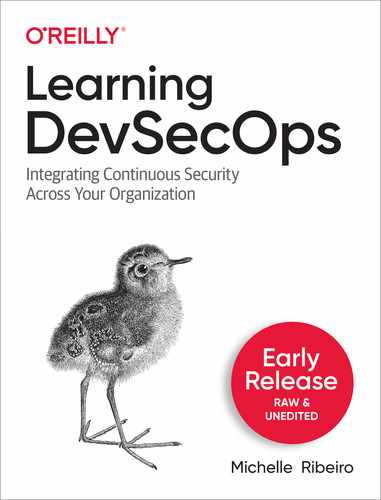Learn how to implement continuous security throughout your entire software development and delivery pipeline. With this hands-on book, developers, SREs, tech leads, and security engineers will learn how to combine their security process with their DevOps culture. You'll gain a thorough understanding of the best DevSecOps practices, from the construction of safer container images to the hardening of orchestrators to methods for securing your cloud environment.
Michelle Ribeiro, CEO of SPIRITSEC, shows you how to introduce security into DevOps culture, methodologies and tools. You'll learn how to take advantage of contrasting security and DevOps cultures to build an effective DevSecOps program. You'll also explore the four Cs of the cloud-native security model: code, container, cloud, and cluster security by following coded examples.
